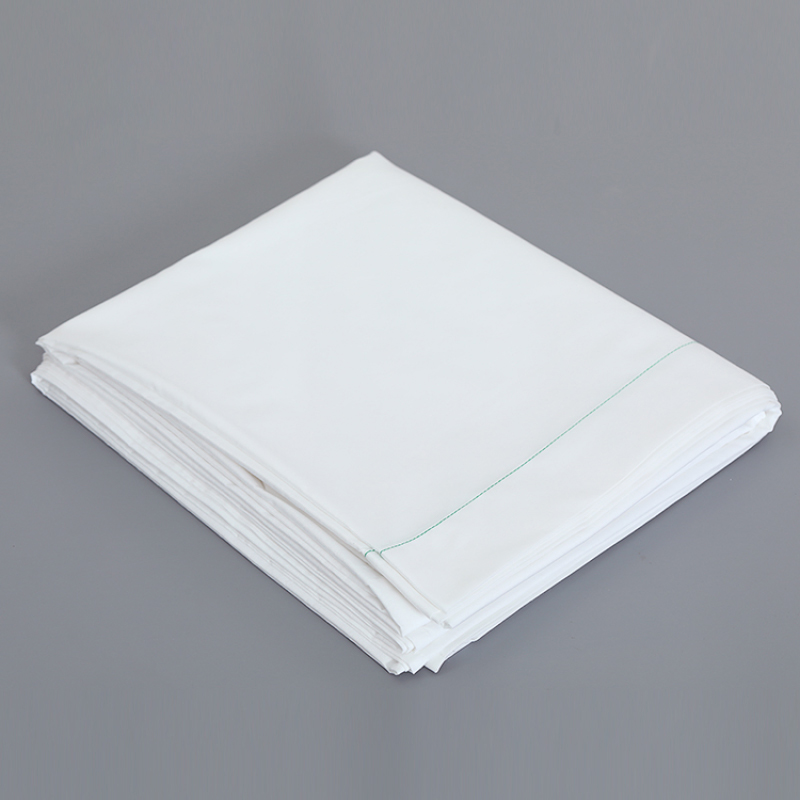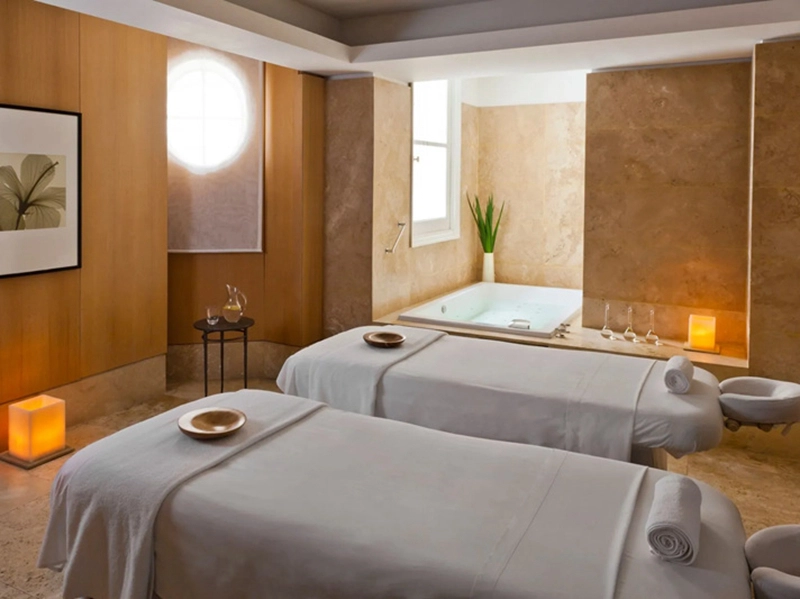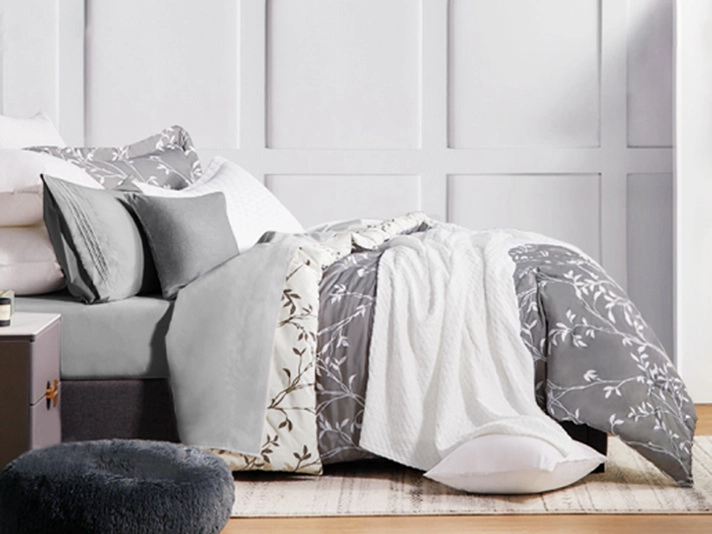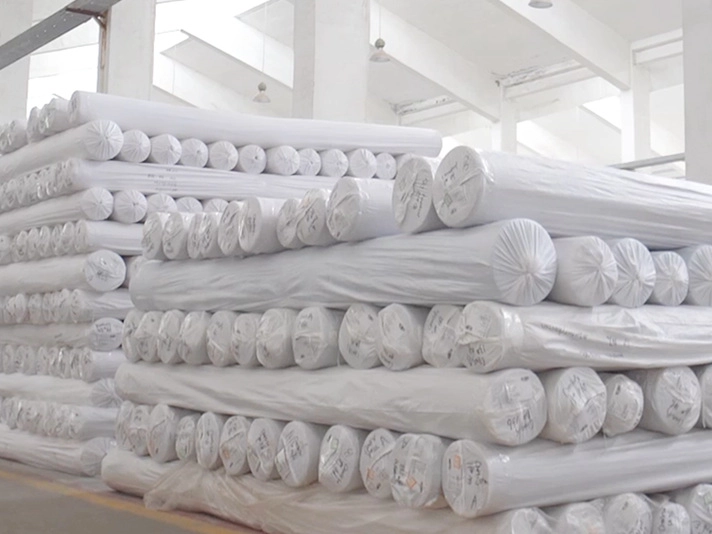Explore Different Types of Towels Material for Ultimate Comfort and Durability
- Introduction to Different Types of Towels Material and Related Products
- Key Material Types: Technical Features and Advantages
- Comparative Data: Bath Towels and Bedding Materials
- Leading Brands and Manufacturers: Market Overview
- Customization Options for Towels and Bedding
- Case Studies: Commercial and Residential Applications
- Conclusion: Choosing the Right Different Types of Towels Material

(different types of towels material)
Introduction to Different Types of Towels Material
When selecting textiles for personal or commercial use, understanding the different types of towels material
is crucial. The choice of material not only impacts texture and comfort, but also factors such as absorbency, durability, and price. As households and businesses increasingly demand products with both high performance and eco-friendly attributes, the market for towels and bedding materials has rapidly diversified. This segment examines the key trends, consumer data, and technological advancements that shape today's textile industry.
Key Material Types: Technical Features and Advantages
Among the most popular towels and bedding materials, cotton leads the market due to its softness, high absorbency, and breathability. However, recent years have witnessed the progression of technical fabrics such as bamboo fiber, microfiber, and Tencel. Cotton towels comprise around 60% of the global bath towel market, renowned for their plush feel and durability after multiple washes.
Bamboo fiber, an eco-conscious alternative, possesses antimicrobial qualities and remarkable moisture-wicking abilities, making it ideal for bath towels in humid climates. Microfiber offers rapid drying, stain resistance, and lightweight construction, thus finding favor in travel and gym products. Tencel (lyocell), derived from sustainable wood sources, excels in regulating temperature and controlling odor—valuable features for both towels and bedding materials. Wool and silk, while less common, deliver luxury and niche functional benefits including superior insulation and skin-friendliness.
Comparative Data: Bath Towels and Bedding Materials
Understanding performance metrics empowers both buyers and manufacturers to make informed choices. The table below summarizes the key comparative data of popular towel and bedding materials, focusing on core parameters:
| Material Type | Absorbency Rate (g/g) | Drying Time (min) | Average Lifespan (Years) | Eco-friendliness | Popular Use |
|---|---|---|---|---|---|
| Cotton | 7.0 | 80 | 5-7 | Moderate | Bath, Bedding |
| Bamboo Fiber | 10.5 | 65 | 4-6 | High | Bath, Towels |
| Microfiber | 12.0 | 35 | 3-5 | Low | Sport, Gym, Bedding |
| Tencel | 9.0 | 70 | 4-6 | Very High | Bedding, Bath |
| Silk | 5.5 | 90 | 8-10 | Moderate | Bedding |
| Wool | 8.0 | 100 | 10-12 | Low (unless certified) | Bedding |
Industry surveys reveal that at least 78% of end-users report enhanced satisfaction with products that offer lower drying times and higher eco-friendliness, underscoring key trends favoring performance and sustainability.
Leading Brands and Manufacturers: Market Overview
Several established global manufacturers set the benchmarks for quality and technological innovation in different types of towels material and bedding textiles. In North America and Europe, companies like Trident Group (India), Welspun (India), Standard Textile (USA), and Frette (Italy) are recognized for their consistent product innovation. Trident, for example, introduced the HygroCotton™ technology, which is engineered for enhanced absorbency and fluffiness, while Standard Textile's patented Centium Core Technology® offers superior strength and quick-dry properties.
In contrast, smaller boutique producers emphasize organic and ethically sourced fabrics, promoting transparency and direct-to-consumer models. The competitive landscape is increasingly shaped by technological shifts, including the use of recycled fibers, antimicrobial treatments, and eco-certifications such as OEKO-TEX and GOTS. Manufacturers striving for market leadership invest significantly in research and development—data from Textile Today estimates R&D investments in the towel and bedding sector have grown by over 27% since 2019.
Customization Options for Towels and Bedding
Customization has become a cornerstone of the modern textile industry, offering solutions tailored to specific consumer and corporate needs. Businesses and hotels now commonly request towels in bespoke sizes, weights, GSM (grams per square meter), and patterns. Advanced manufacturing enables rapid prototyping and small-batch production, leveraging digital design and color-matching technologies for brand consistency.
For residential customers, the demand for personalization includes embroidery, monogramming, hypoallergenic fibers, and colorfastness for long-lasting vibrancy. Bedding solutions often offer customizable thread count, fill material (down, synthetic, or natural alternatives), and dimensions to suit both European and American sizing standards. Major players deploy CRM-driven supply chains, ensuring efficient order fulfillment and inventory management. This focus on customization is supported by 54% of end-users expressing preference for personalized linen products, according to Euromonitor’s consumer research.
Case Studies: Commercial and Residential Applications
Examining real-world scenarios illuminates the advantages of selecting suitable towel and bedding materials. In the hospitality industry, the Hyatt Regency hotel chain adopted bamboo-cotton blend towels in 2021, reducing laundering costs by 15% due to improved absorbency and faster drying times. In contrast, Standard Textile supplied Centium Core® towels to a healthcare group, reporting a 27% decrease in replacement frequency and an enhanced guest satisfaction index.
Residentially, sustainable towels (e.g., Tencel and organic cotton) have contributed to allergy relief and enhanced sleep quality, as confirmed by user panels and clinical studies. Sports facilities lean towards microfiber towels for their rapid drying and lightweight construction, resulting in a 35% increase in towel reuse rates and reduced energy costs for laundering. These data-driven applications highlight the tangible impact of material selection on both bottom-line efficiency and end-user well-being.
Conclusion: Choosing the Right Different Types of Towels Material
Making informed choices among the different types of towels material impacts personal comfort, operational cost, and environmental sustainability. From traditional cotton’s universal appeal to the technical excellence of microfiber, Tencel, and bamboo, each material brings distinct advantages. A careful comparison—incorporating absorbency, durability, and customization—ensures that both individual consumers and corporate buyers can select the best product for their needs. Looking forward, advances in material science and sustainability will continue to drive innovation, setting higher benchmarks for the textile industry and fostering products aligned with diverse lifestyles and values.

(different types of towels material)
FAQS on different types of towels material
Q: What are the different types of towels material available?
A: Common towels materials include cotton, microfiber, bamboo, and linen. Each has unique properties such as absorbency, softness, and drying speed. Choosing depends on your preference and intended use.
Q: How do the different types of towels material impact absorbency?
A: Cotton towels are highly absorbent, whereas microfiber dries quickly and wicks moisture efficiently. Bamboo towels are known for their softness and antibacterial properties. Each material provides a different drying experience.
Q: What are the most popular different types of bath towels?
A: Popular types include bath sheets, bath mats, hand towels, and washcloths. They come in materials like Egyptian cotton, bamboo, and microfiber. The type and material chosen affect comfort and functionality.
Q: Can you list different types of bedding material commonly used?
A: Common bedding materials include cotton, linen, silk, polyester, and bamboo. Each material offers various benefits such as breathability, smoothness, and durability. Your choice may vary based on climate and personal comfort.
Q: Why should I consider the material when buying towels or bedding?
A: Different materials offer various levels of softness, durability, and absorbency. The right material enhances your comfort and longevity of the product. Consider your requirements and preferences when making a selection.
-
Elevating Comfort and Quality with the Right Bed LinenNewsJul.07, 2025
-
Bedding Essentials: From Percale Sheets to White Quilts, Finding Your Perfect Sleep HavenNewsJul.07, 2025
-
Choosing the Right Bedding for a Comfortable and Stylish BedroomNewsJul.07, 2025
-
Understanding the Diverse World of Towel TypesNewsMay.29, 2025
-
The Ultimate Comfort: Discover the Benefits of Polycotton SheetsNewsMay.29, 2025
-
Experience Luxury with 1800 Brushed Microfiber SheetsNewsMay.29, 2025
-
Elevate Your Sleep with Luxurious Hotel Sheets for SaleNewsMay.29, 2025






